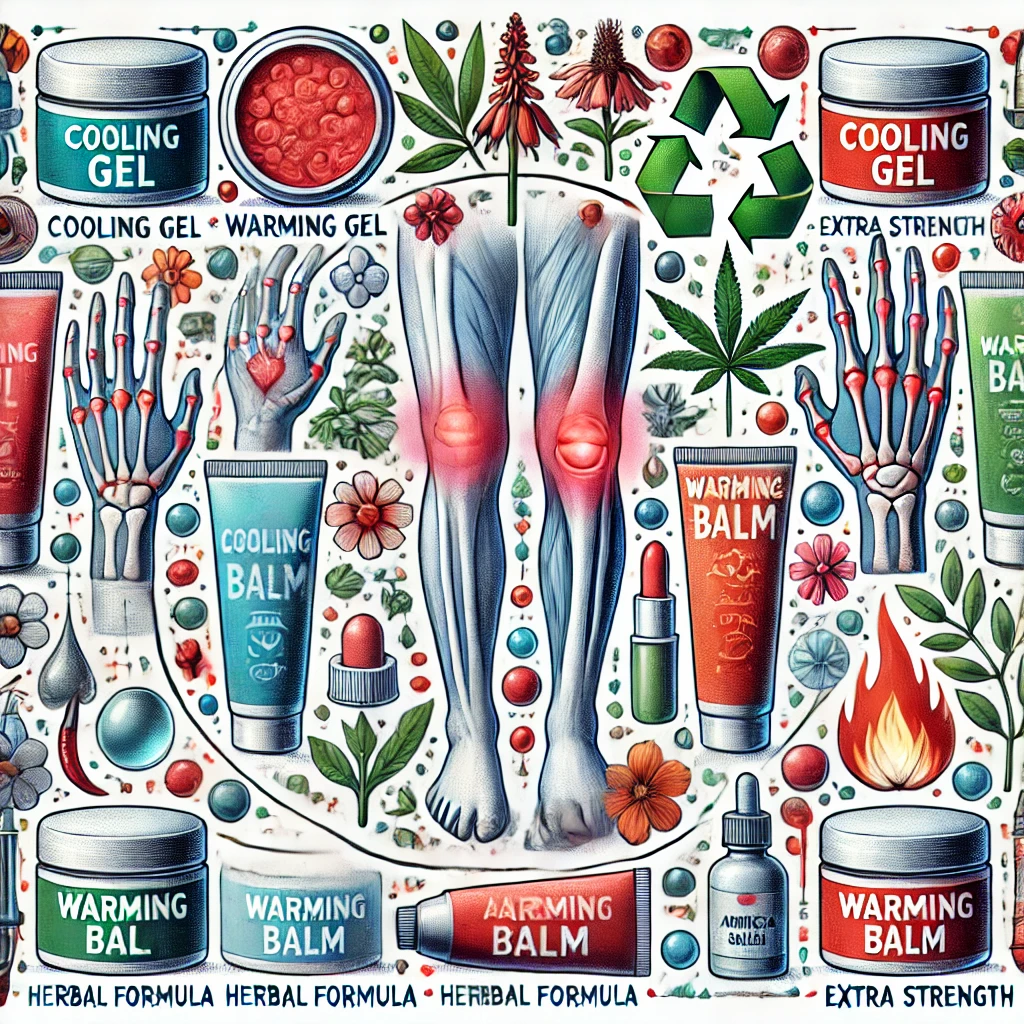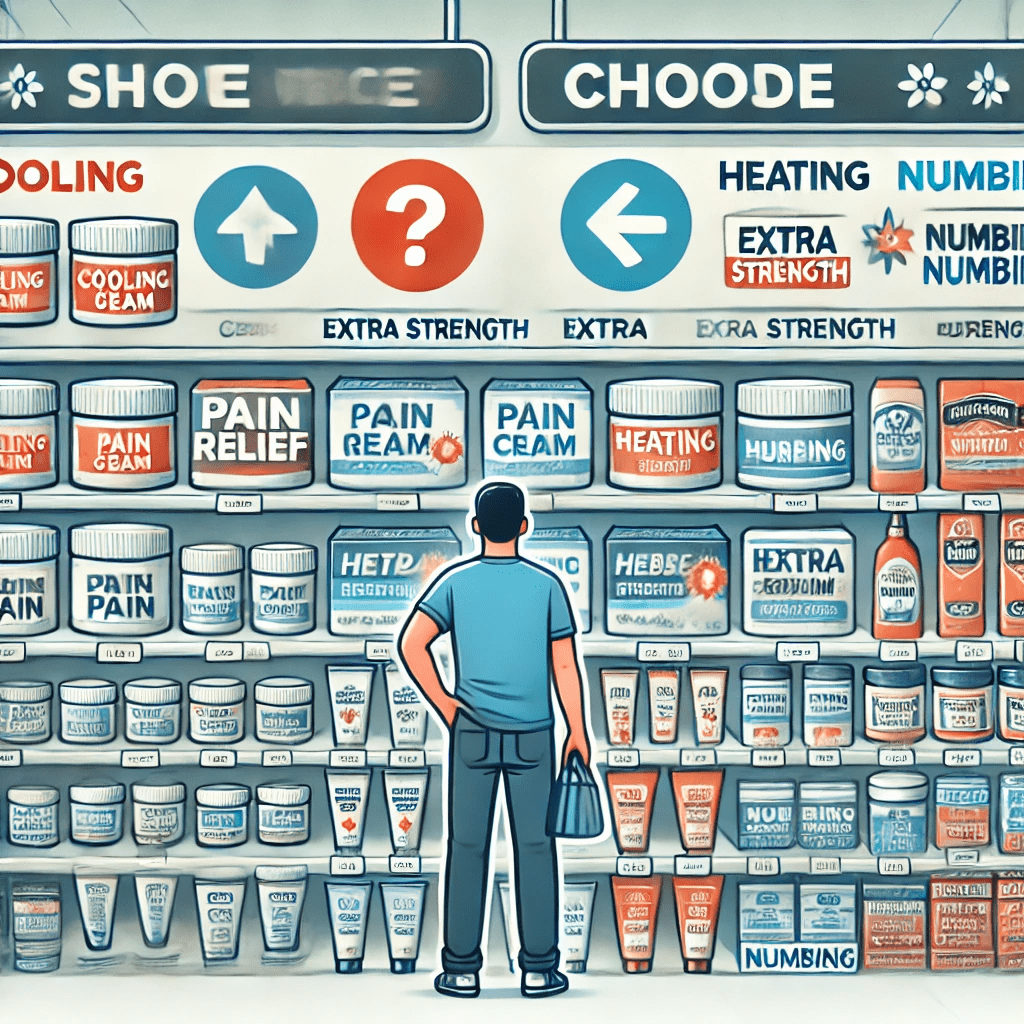Topical Pain Relief Product for your back pain are key players in pain relief regimens. There are several common reasons for back pain. Poor posture is a big one—slouching at your desk all day can hurt your spine. Strains from lifting heavy objects the wrong way, sudden movements, or even sleeping wrong can also cause pain. Long-term conditions like arthritis or osteoporosis can lead to ongoing back pain that needs careful treatment.
Back pain can feel different for everyone. You might have sharp, stabbing pain in your lower back, or maybe it’s a dull, constant ache. Some people have pain that comes on suddenly, while others deal with pain that lasts for months or even years.
Living with back pain can be very hard. It can make simple tasks—like bending over to tie your shoes or sitting through a meeting—feel impossible. It can also affect your mental health, leading to frustration, anxiety, and even depression. The good news is that there are ways to manage the pain and get back to your life.
Choosing the right kind of pain relief is important. Not all treatments work the same for everyone, and what helps one person might not help another. That’s why it’s important to explore your options and figure out what works best for you. From medications and physical therapy to pain relief products, a personalized approach can make all the difference.
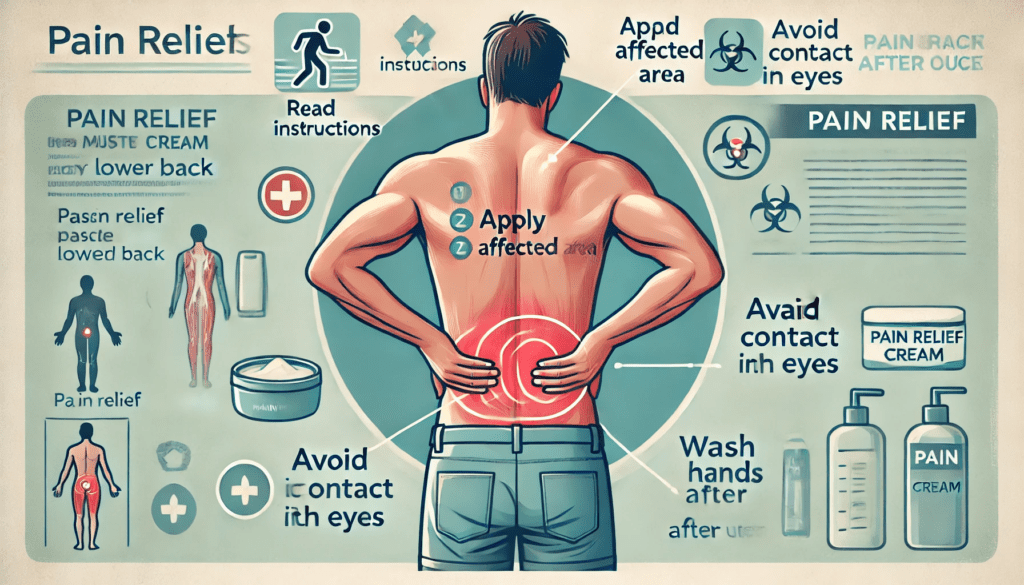
The Science Behind Pain Relief Products.
Topical pain relief products are a popular way to ease discomfort without taking pills. But how do they work? Understanding the basics can help you see why they are effective.
These products work by delivering active ingredients directly to the painful area. When you apply the product to your skin, the ingredients go through the skin and reach the tissues underneath. This direct approach can be more effective for targeting specific pain compared to oral medications, which have to go through your digestive system and blood to reach the pain.
Topical Pain Relief Products usually contain ingredients that either cool, heat, or numb the area. For example, menthol creates a cooling feeling that distracts your brain from the pain. Capsaicin, which comes from chili peppers, produces a warming effect that can reduce discomfort by lowering the amount of Substance P—a chemical that carries pain signals—in your body. Lidocaine is another common ingredient that numbs the area to block pain signals.

Topical Products.
One big advantage of using topical products is the lower risk of side effects compared to taking oral painkillers. The product, lotion, gel or balm focuses on the painful area, so there are fewer risks for your stomach, liver, or kidneys. You also avoid the chance of dependency or overdose, which can be a problem with some oral painkillers.
Topical treatments often start working faster than oral medications, giving relief in minutes instead of hours. This is especially helpful when you need quick pain relief to get through your day or a specific activity.
Knowing how these products work can help you make better choices when it comes to pain relief. It’s important to choose the right product based on the type of pain you have and your needs. Different ingredients offer different benefits, so it’s worth reading product labels and maybe talking to a healthcare provider to find the best product for you.
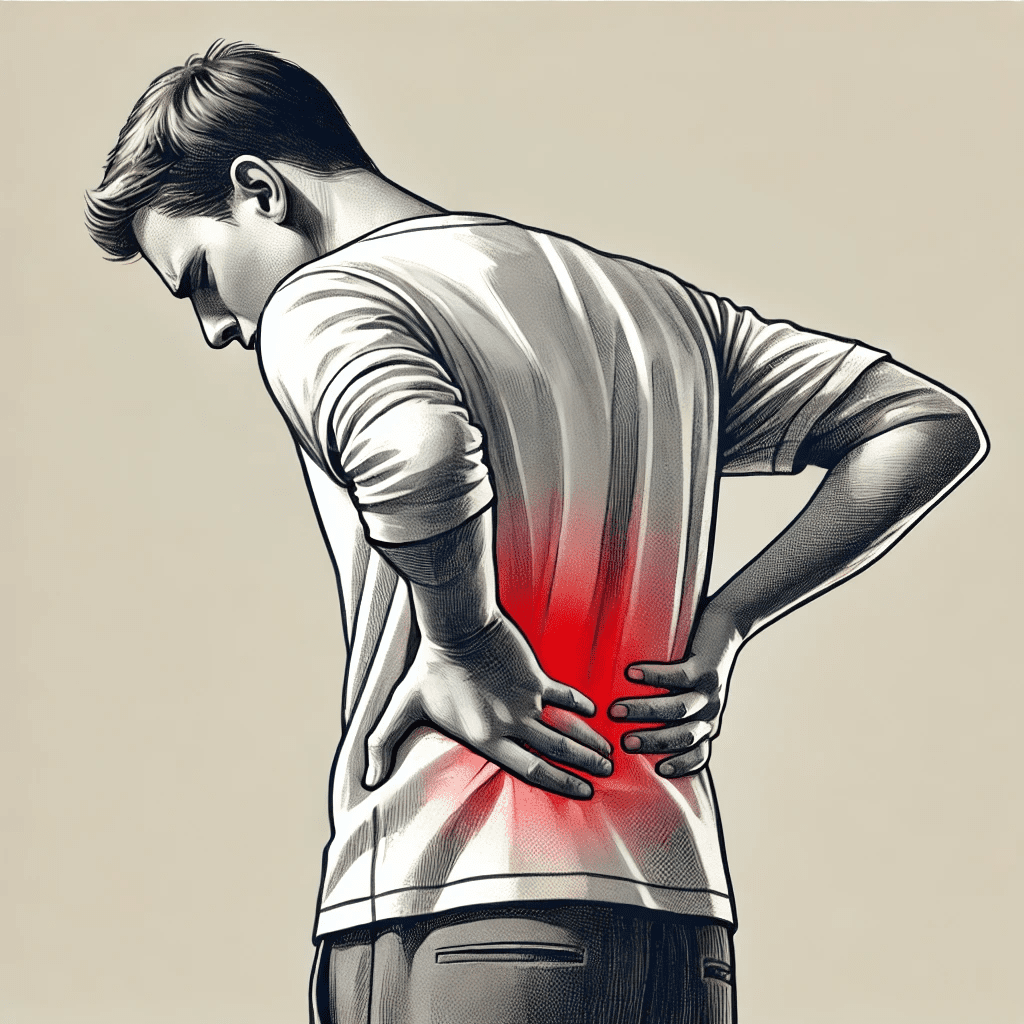
Key Ingredients to Look for in Topical Pain Relief Products.
When choosing a Topical Pain Relief Product, knowing the right ingredients can make a big difference. Different ingredients provide various benefits, so it’s important to understand what each one does.
Menthol is a common ingredient in many pain relief products. It gives a cooling sensation that can distract your brain from the pain. The cooling effect is especially soothing for sore muscles and joints, making it great for back pain relief.
Capsaicin, which comes from chili peppers, creates a warming effect that can reduce pain over time. It works by lowering the amount of Substance P, a chemical that sends pain signals to your brain. When you first apply a product with capsaicin, you might feel a tingling sensation, but many people find that regular use brings significant relief.
Lidocaine works as a local anesthetic, numbing the area where it’s applied and helping to block pain signals. It’s especially useful for more intense pain, offering quick, targeted relief. Lidocaine is often found in stronger, prescription topical products, but there are also over-the-counter options available.
Natural ingredients like arnica, CBD, and essential oils are becoming more popular. Arnica is known for its anti-inflammatory properties, making it good for reducing swelling and pain. CBD (cannabidiol) offers both anti-inflammatory and pain-relieving effects, although more research is needed to fully understand its benefits. Essential oils like eucalyptus and lavender provide soothing sensations and additional anti-inflammatory benefits.
Taking the time to read labels and understand these ingredients can help you choose the right Topical Pain Relief Product for your back pain. Each ingredient has its own advantages, so your choice will depend on the type of pain you have and what you prefer. Talking to a healthcare provider can also help you find the most effective options for you.
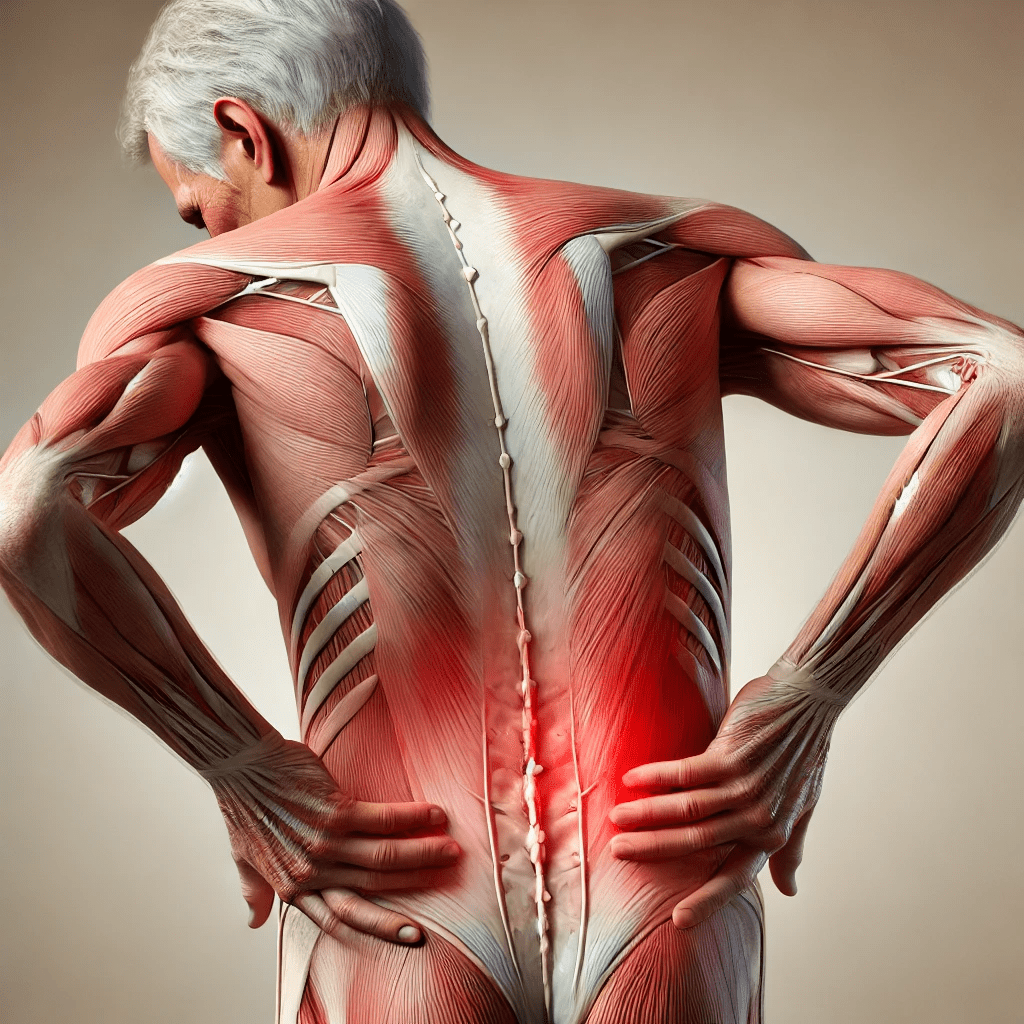
Top-Rated Pain Relief Products for Back Pain.
When it comes to pain relief products, some products are highly rated by users for their effectiveness in managing back pain. Here are a few top options you might consider:
Biofreeze Pain Relief Gel is a popular choice. It contains menthol, which gives a cooling sensation and works quickly to relieve pain. It penetrates deep into muscles and joints, making it a favorite for immediate relief.
Tiger Balm Ultra Strength is another well-known option. It combines menthol and camphor to provide both cooling and warming sensations. This combination can be very effective for back pain, helping to soothe and relax tense muscles.
Aspercreme with Lidocaine is favored for its strong numbing effect. It’s especially useful for more severe pain because lidocaine blocks pain signals almost immediately. Many users find it helpful for managing chronic pain.
Voltaren Arthritis Pain Gel contains diclofenac, an anti-inflammatory that reduces swelling and pain. While it’s often used for arthritis, many people find it works well for other types of back pain too.
Hemp-based creams are becoming more popular. They often include CBD, which has anti-inflammatory and pain-relieving properties. These creams are a good option if you want a more natural alternative, and they usually have other soothing ingredients like arnica and essential oils.
These products are popular because they work. Trying different ones can help you find the best fit for your specific type of back pain. Be sure to read product reviews and consider consulting a healthcare provider for recommendations that suit your needs.

How to Apply Pain Relief Products Effectively.
Applying Topical Pain Relief Products might seem simple but doing it right can make a big difference in how well it works. Here’s how to get the most out of the products.
First, make sure the area is clean and dry. Dirt and moisture can stop the product from soaking into your skin properly. Wash the area with mild soap and water, then dry it well with a towel.
Start with a small amount of cream, lotion, gel, or balm. You can always add more if needed, but using too much at once can be wasteful and might irritate your skin. A pea-sized amount is often enough for a large area like your back.
Massage the product into your skin gently but thoroughly. Spend a few minutes rubbing it in; this helps the active ingredients get deeper into the tissues. Plus, massaging can provide extra relief by boosting blood flow to the painful area.
After applying the product, wash your hands well unless you’re treating your hands. This prevents the topical products from getting into your eyes, mouth, or other sensitive areas.
Pay attention to how often you use the products. Most suggest applying it up to three or four times a day, but it’s important to follow the instructions on your specific product. Using it too much can cause skin irritation or other problems.
Combining the topical with other treatments can make it work even better. Using a heating pad or taking a hot shower can relax your muscles more. Gentle stretching exercises can also enhance the pain relief from the topical products.

Customer Reviews and Testimonials.
By following these steps, you can maximize the benefits of topical pain relief products. Proper application helps you get the targeted relief you need, making it easier to manage your back pain.
Knowing what others say about a product can give you valuable insights. Real-life experiences help you see if a Topical Pain Relief Product will work for you. Here are some key points from customer reviews of popular pain relief products.
Biofreeze Pain Relief Gel.
Often praised for its fast-acting and long-lasting relief. Many users love its cooling effect, especially for muscle-related back pain.
Tiger Balm Ultra Strength.
Gets positive reviews for its mix of cooling and warming sensations. People appreciate its versatility and say it’s great for general pain relief, including joint stiffness and muscle tightness.
Aspercreme with Lidocaine.
Highly rated for its numbing action. Many find it a lifesaver for intense or chronic pain, noting that it works quickly and provides strong relief.
Voltaren Arthritis Pain Gel.
Often praised for its anti-inflammatory properties. Users say it effectively reduces both pain and swelling. While it’s marketed for arthritis, many people with different types of back pain report significant benefits.
Hemp-based creams.
This is especially powerful for those with CBD, have been getting more positive reviews. Users often mention that these creams not only relieve pain but also offer a sense of relaxation. The natural ingredients are appealing to those looking for an alternative to traditional medications.
Comparing customer feedback can help you choose the right product, especially if you’re deciding between a few options. Look for patterns in the reviews—like how effective the cream is, how long the relief lasts, and any side effects. This information can be very helpful in making a good decision.
Overall satisfaction ratings are usually a good sign of how well a product works. Many review sites offer ratings that give you a quick view of how well a cream works for many users. High satisfaction ratings generally mean the product is reliable and worth trying.

Potential Side Effects and Precautions.
Using topical pain relief products is generally safe for most people, but it’s important to be aware of potential side effects and take precautions. Not everyone will have side effects but knowing what to look for helps you use these products more effectively and safely.
Skin reactions like redness, itching, and irritation are the most common side effects. These usually happen because of the active ingredients, especially if you have sensitive skin. It’s a good idea to do a small patch test on your inner forearm before applying the topical products to a larger area.
Allergic reactions can also happen. Symptoms might include swelling, severe itching, or hives. If you have these symptoms, stop using the product right away and see a healthcare professional. Make sure to read the ingredient list carefully, especially if you know you’re prone to allergies.
Interactions with other medications are something to keep in mind. Some topical pain relief products, especially those with ingredients like lidocaine, may interact with other treatments or medications you’re using. If you’re not sure, check with your healthcare provider.
Consulting a healthcare professional is always a good idea if you have pre-existing conditions or are pregnant or breastfeeding. They can give you advice that’s specific to your health needs and help you pick the safest and most effective product.
Safe usage guidelines are usually easy to follow. Stick to the instructions on the product label and avoid using too much. More isn’t always better and can increase the risk of side effects. Using the products as directed ensures you get relief without unnecessary risks.
Being mindful of these factors can help you use pain relief products safely and effectively. A little precaution goes a long way in making sure you get relief without unexpected issues.

Additional Tips for Managing Back Pain.
Using topical pain relief products is just one way to manage back pain. There are other strategies that can work alongside topicals to give you better relief.
Posture is very important. Keeping good posture can help reduce a lot of back pain. Invest in ergonomic furniture, especially if you sit for long periods. An ergonomic chair and a properly placed computer screen can make a big difference.
Exercises and stretches can strengthen the muscles that support your back. Gentle activities like yoga or Pilates can improve flexibility and reduce muscle tension. Even simple exercises like walking or doing specific back stretches can be very helpful.
Heat and cold therapy are also useful. A heating pad or warm shower can relax tight muscles. On the other hand, ice packs can reduce swelling and numb sharp pain. Sometimes, switching between heat and cold can give the best relief.
When to seek medical help is another important point. If your back pain doesn’t go away after using the products and other home treatments, or if it’s very severe, it’s time to see a healthcare professional. Long-lasting or intense pain could mean there’s a more serious issue that needs medical care.
Taking a holistic approach to back pain can give you the best results. By combining these tips with the right Topical Pain Relief Product for your back pain, you can manage your pain more effectively and improve your overall well-being.

Conclusion: Choosing the Right Topical Pain Relief Product for your back pain for You.
Choosing the right Topical Pain Relief Product for your back pain means understanding your specific pain and needs. Each product has its own benefits and ingredients, so it’s important to find the one that works best for you. For example, Biofreeze is great for quick cooling relief, while Tiger Balm offers both cooling and warming effects.
Reading customer reviews can help you learn what might work for your type of pain. Positive feedback from real users often highlights how well a product works and any side effects, helping you make a more informed choice.
To get the most out of pain relief products, always apply them correctly. Using them on clean, dry skin helps them absorb better, and massaging the topical products in can make it work more effectively.
Be aware of possible side effects, especially if you have sensitive skin or other health issues. Talking to a healthcare provider can give you personalized advice and ensure you use them safely.
Using these products along with other pain management techniques, like exercises, heat/cold therapy, and good posture, can provide better relief.
In the end, managing back pain often requires a combination of methods, and finding the right pain relief product can make a big difference. Trust your research and consult with professionals to improve your quality of life.


